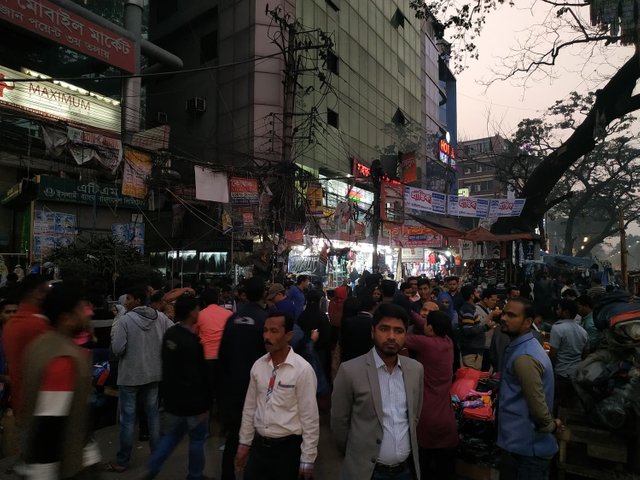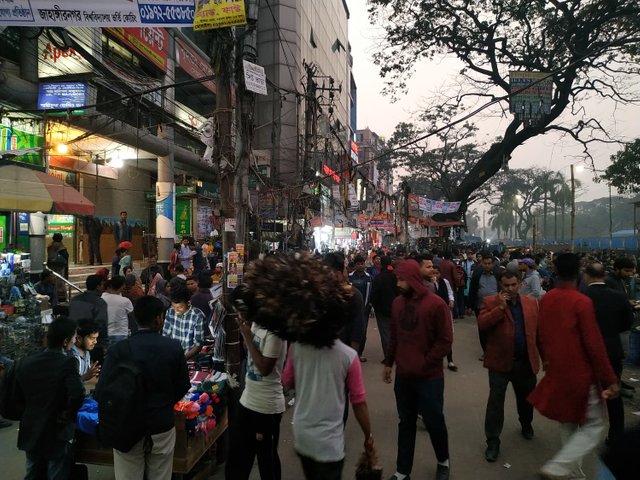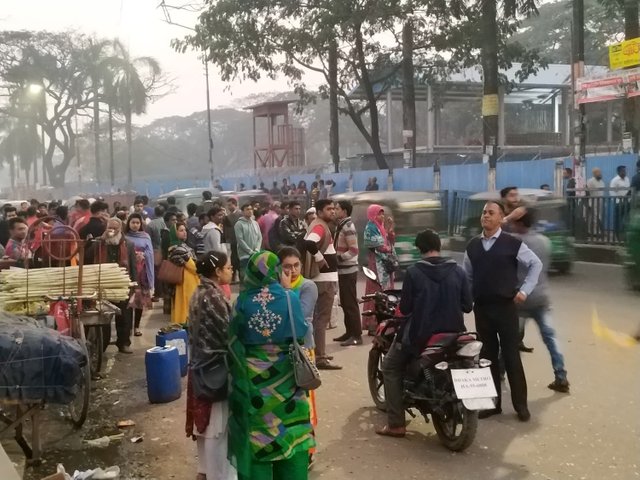Population Of Bangladesh!!!
Population growth is often synonymous with increasing the importance of the city. It seems that at least the history of Dhaka is reviewed. After the declaration of the provincial capital of Dhaka in 1610 by the Subedar Islam Khan, Dhaka began to increase in the population of Dhaka. The dramatic rise and development of Dhaka during the Mughal period was firstly its convenient geographical location as the capital and subsequently its political and administrative importance as the successor of a wealthy and wealthy province, its rich internal and external trade and its famous production products, especially for muslin. According to the Bangladesh Bureau of Statistics, about 1 million people in the city of Dhaka had a population of about 18 lakhs, according to the figures of Dhaka city with a suburban area at the top of the prosperity of Dhaka during the Mughal period. According to the census of 1981, it increased to 4 million 23 thousand 883 people. In the next 10 years of independence, the number of people increased to 22. 23 thousand 838 According to the 1991 census, the population of the capital stood at 688,11,464 people. From 1981 to 1991 9 years population increased by 27.87 thousand 804 people, more than 5,36,996 more than in 1981. Again, in the 2001 census, the population of Dhaka was 83,78,59. Since 1991 to 2001, the number of people has increased by 15 lakh 66 thousand 417.
According to the calculation, from 1981 to 1991, from 1991 to 2001, 12 lakh 21 thousand 387 people have increased. According to the latest census of 2011, the city's population is 13 million. From 2001 to 2011, the number of people increased to 46 lakh 21 thousand 941. At present, according to the World Urbanization Prospect of the United Nations, the population of Dhaka is now 1.7 million, which will reach 20 million 74 million by 2030. From today's 11th most populous place, it can be reached in the sixth most populated city. Considering the density of the population, Manila is considered the most densely populated city in the world. The third place in the list is Dhaka. But the list has been made in Dhaka's population of 85 lakhs. As a result, the current population of Dhaka will be covered by 1 crore 70 lakhs, the most densely populated city in the world. It can be assumed that the density of the population of Dhaka is higher than the cities of Europe or North America. So, let's take a look at Dhaka's comparisons with some of the populated cities in near-economic condition. Congo Kinshasa's population is 78 million and the population density is only 787 per square kilometer. Peru's Lima population is 76 million, density is 2,848. Vietnam's Ho Chi Minh City has a population of 71 million, density of 3 thousand 401

Colombia's Bogoter population is 70 million, the density is 4 thousand 478. Hong Kong's population is 7 million, density is 6,418. Nigeria's Lagoos population is 79 million, density is 7,400 Readers now assume, how much is the volume of 70 million people in Dhaka. What is the density of population in the original Dhaka city? 45,000 people live in Dhaka city every square kilometer. - Education, except for trade or office work, is forced to come to Dhaka for a large number of humanities for treatment. Especially in high education, extreme unbalanced conditions are seen. There are 82 private and public universities in the country, out of which 60 are in Dhaka city. 32 of 38 private medical colleges in Dhaka. Not only the numbers, but also the best schools, colleges and universities of the country are centered in this city. According to the Bangladesh Educational and Statistics Bureau (May 2009), more than one crore seven lakh 73 thousand students in six divisions of schools, colleges and madrasas are studying. Among them, 30 lakh 30 thousand (28 percent) students in Dhaka division Undoubtedly its large part is in Dhaka city. It is found that most of the schools in Chittagong division (706), and 585 in Dhaka division. But the number of students is higher in Dhaka. On the other hand, the number of colleges is 222 in Dhaka division, which is much more than any division. In most districts, even divisional cities, treatment facilities are extremely inadequate.
![50771863_597717830642304_7137271846700843008_n.jpg]
All of the big doctors are in Dhaka, and there is no necessary equipment for diagnosis, so they have to come to Dhaka. Therefore, the country's rural economy forced the people to come to Dhaka in search of work. In order to survive the economic activities of the village, it has to come to Dhaka for additional income. And industrialization or employment arrangements in villages or small towns are nothing new. They are becoming stagnant, lifeless. The whole pressure came in Dhaka city. But only poor people come to Dhaka city but not so much. Other than the number of people, the rate is lower than the number of judgments. According to the data of the National Board of Revenue, 75 percent of the total income of income tax returning in the year 2016-17 is based in Dhaka. The minimum amount of each of them is two and a half million taka. Outside Dhaka, only 17.25 percent of the high-rise Chittagong division live. In the rest of the division, the high rate of zero percent to 75 percent to 2.5 percent. It can be said without any surveys that most of the upper-class people living in Dhaka are from different sections of the people. We have seen that since independence, the population of Dhaka has started growing abnormally and it is still growing. People come to Dhaka for work, for education, for business, for treatment and for other more needs. Due to bureaucratic centricity, our economics, trade and economy We have made garment factories in Dhaka. People from the river come to work there, the town slums develop. We have prepared the best educational institutes in the country in Dhaka Then I could show you the population status of Bangladesh.